There are many forms of magic inspired by Disney, the company. There’s the obvious attraction, the Magic Kingdom, that was Walt’s original destination vision, “imagineered” in 1932.
Then there are other kinds of magic. The one I’m deep into in the moment is inspiration, ideation, and “reimagineering” my own thinking about work, legacy, and social justice.
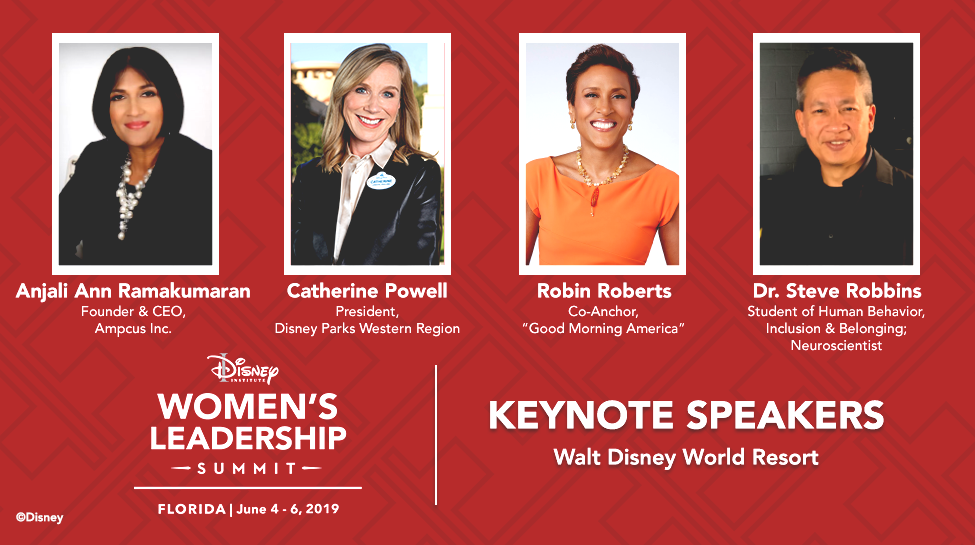
I’m grateful to have had the opportunity to spend much of this week at the inaugural Disney Institute Women’s Leadership Summit. The Institute convened about 300 women (and a handful of brave “He-for-She” men keen on diversity) in Orlando to learn about and brainstorm Disney’s corporate approach to intentional listening, storytelling, and inclusion – and how these values can benefit us for both our business and personal lives.
Between keynotes in large plenary sessions and breakouts focusing in on specific values, we attendees came away brimming with new ideas, challenging biases, and making dozens of new friends.
In this post, I aim to share the key lessons that resonated with me, many of them through my broad lens on health.
Catherine Powell, President of Disney Parks, Western Region, kicked off the Summit with her keynote talk during which she detailed her work history and personal life, offering key insights along her journey. In her early career, Catherine made documentary films in Somalia and worked with the BBC. She fell in love, married, and had 3 sons. She also traveled and worked in the UK, Australia, in Europe, and in the U.S.
There is no work-life balance, she quickly shared, based on her experience. So we must not seek perfection. We should make our choices with open eyes and good information, and then have no regrets: we must be mindful and know our values. Catherine advised taking time off remembering that, “you are the same person: just because you took time off doesn’t mean you are not the same amazing person you are when you re-enter the workplace.” We (women) can be so hard on ourselves – but we must remember that, Catherine believes, “there is no perfect solution.”
 Disney challenged her, in that move to Australia, to manage the entire portfolio of businesses well beyond her “vertical expertise.” How to run a horizontal team with seven businesses she didn’t know as well as the folks on the ground who ran them? How to add value in that scenario, Catherine wondered? She learned the lesson and value of vulnerability, which she believes is “a super-hero strength.” Risk-taking, fast failure, acknowledgement, and learning “together” is a valuable work-flow and M.O.
Disney challenged her, in that move to Australia, to manage the entire portfolio of businesses well beyond her “vertical expertise.” How to run a horizontal team with seven businesses she didn’t know as well as the folks on the ground who ran them? How to add value in that scenario, Catherine wondered? She learned the lesson and value of vulnerability, which she believes is “a super-hero strength.” Risk-taking, fast failure, acknowledgement, and learning “together” is a valuable work-flow and M.O.
Catherine learned to don many hats building the team and businesses in Australia, and was then recruited to go to EuroDisney outside Paris. Here, you see her wearing a very-Disney hat, fashionably sequined mouse ears, migrating from Australia to France.
Disney Institute’s Julianna Alley followed up with a discussion about Disney’s values and success factors. “We’re not Disney because we’re different from other organizations,” Julianna noted; there’s “no secret sauce or bullet. We are Disney because we are doing the same things other organizations do (but) differently and often to a different degree.”
A central tenet of this, I came to learn this week, was the following mantra: “We have learned to be intentional where others may be unintentional.”
That “intent” is a strategic commitment and operational verb at Disney.
There’s another verb that Julianna called out: “Leadership,” is not a noun, she asserted. It’s a verb. It’s not who you are – it is all about what you do, reinforce, role model.”
Another Julianna pearl: “When you know what your values are, decisions become easy.”
In closing, Julianna quoted Bob Iger, CEO of Disney: “We want to be the most admired company in the world, admired for quality of product, integrity of people, and the way in which we behave as citizens of the world.”
My next lightbulb moments came during a breakout session on “legacy.” This is a huge part of the Disney phenomenon, an outgrowth of Walt Disney’s corporate DNA.
Diana Ballard from the Institute led this impactful session, starting off by asking us what “legacy” is. Various attendees in our session offered up responses such as, “what you leave behind,” “what people say about you,” “a memory.”
Every leader leaves a legacy, Diana explained, as an “aggregate of the story he or she told over time.. the more we can be intentional and purposeful about that legacy, that’s the one you want people to read….Great leaders intentionally write their legacy,” Diana recognized.
Diana then introduced us to three Disney “cast members” (Disney-speak for employees-colleagues): Kartika Rodriguez, RK Kelley, and Sarah Tedrow-Azizi.
I listened with intent to each of these three women’s stories and took copious notes. Each embodies different backgrounds, career pathways, ethnicities – but they’ve all embraced the Disney way of intention, mindfulness, positive attitude, can-do spirit, and very important to me, a larger embrace of life beyond the workplace and self-defined holistic health. Each is committed to various community and family roles, and all open to evolving and growing over many years and many seasons of career and life.
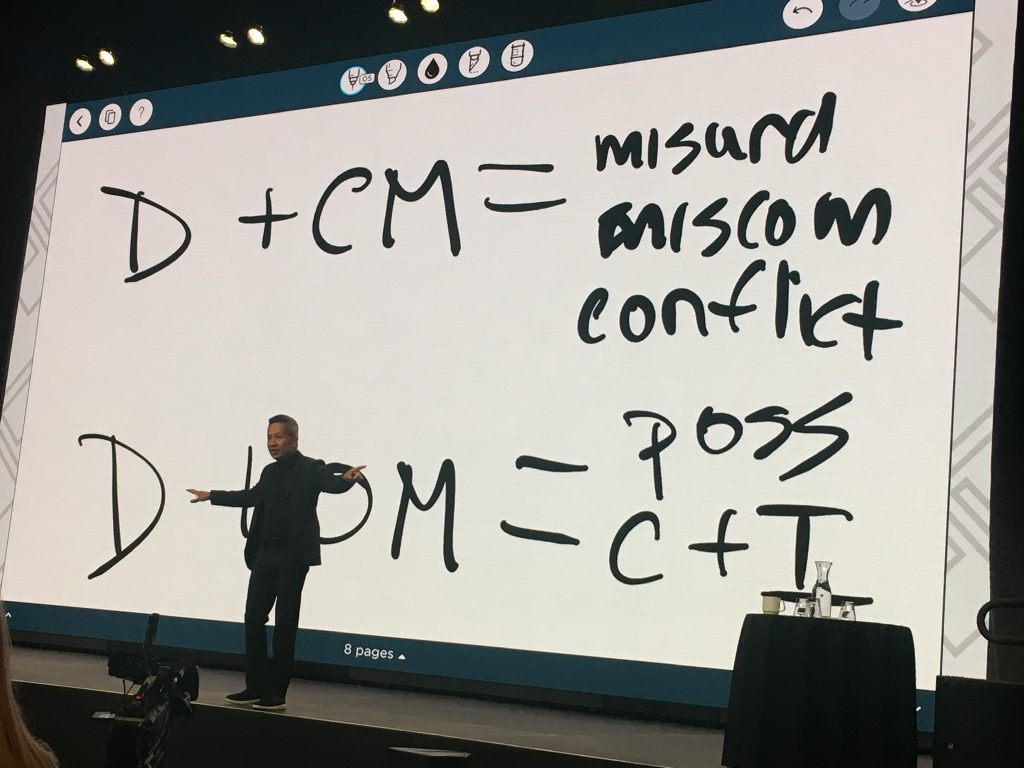
At the end of Day 1, Dr. Steve Robbins keynoted a discussion about neuroscience and human behavior, inclusion as an intentional process, and the power of caring.
Steve’s sixty minutes were chock full of lightbulb moments for me, and I was silently thanking my mother for teaching me to be a fast typist on my iPad keyboard. (For more on her powerful woman’s influence and my learning on the IBM Selectric machine, see my Huffington Post essay on “Mom and the Selectric”).
Steve’s key lesson #1: “In our encounters with difference we need to give ourselves a chance.” Steve gave me a huge insight on “diversity,” which as I write this down, is so obvious, and yet….not. We’ve approached diversity in business like a checklist, focusing on demographics like gender, or sexual preference, or ethnic/culture differences.
That approach hasn’t been so productive, has it?
At any given moment we are the other person – the Outsider, not the Insider.
Steve told us that the brain is optimally operative based on two conditions: our own brain…
1. Wants to be around other people or be part of a tribe, and,
2. With people who care about us
This is basic, survival instinct stuff. For safety reasons, we want to be part of a tribe. We need others to survive, both in the womb and outside the womb.
You can also feel lonely around other people, Steve knows. We want others to value us, to hold us as significant. “If people like you in the tribe, you are more valued and won’t be sacrificed….The brain is hard wired to belong,” he has learned.
If you do inclusion right (in business), you get more value and productivity from a worker.
From a brain science perspective (Steve’s expertise), this is why people surround themselves with people like themselves. In Steve’s words, “Fox people [link up] with Fox, and CNN’s with CNN’s.”
Lightbulb shining brightly once again.
“It is easier to hang out with people like us because our brains prefer the familiar,” he explained. Energy is currency in the brain, which operates on an ROI mentality. That energy-currency is glucose, which the brain wants to conserve. Stepping outside of our comfort zone uses more of that energy source; but, the brain tends to want to be lazy, Steve’s research has gleaned.
Next lightbulb: “Diversity is not our problem. It’s close-mindedness.”
When you feel like an outsider, research has shown that manifests in physical pain in two parts of the brain. The social pain of exclusion or rejection is real pain to the person.
Ultimately, this costs business a lot of money, and Steve worked out a quick financial model to demonstrate that cost for a theoretical organization. Based on a few reasonable assumptions, we calculated that lack of inclusion can run in the millions of dollars for an organization with 1,000 employees.
This is a hidden cost, but a real cost, nonetheless.
Steve then pivoted his talk from engaging and informative data to his very personal story.
I won’t go into the details here – you can experience these from one of Steve’s TED-style talks here. Just know that I ended the day standing with several hundred people in a circle around the ballroom, singing Bill Withers’ “Lean on Me,” tears streaming down my eyes, hugging the woman next to me – a person I had never met before.
The uplifting bottom-line, à la Steve: “The more you care for strangers and outsiders, the more friends and homies you get!”
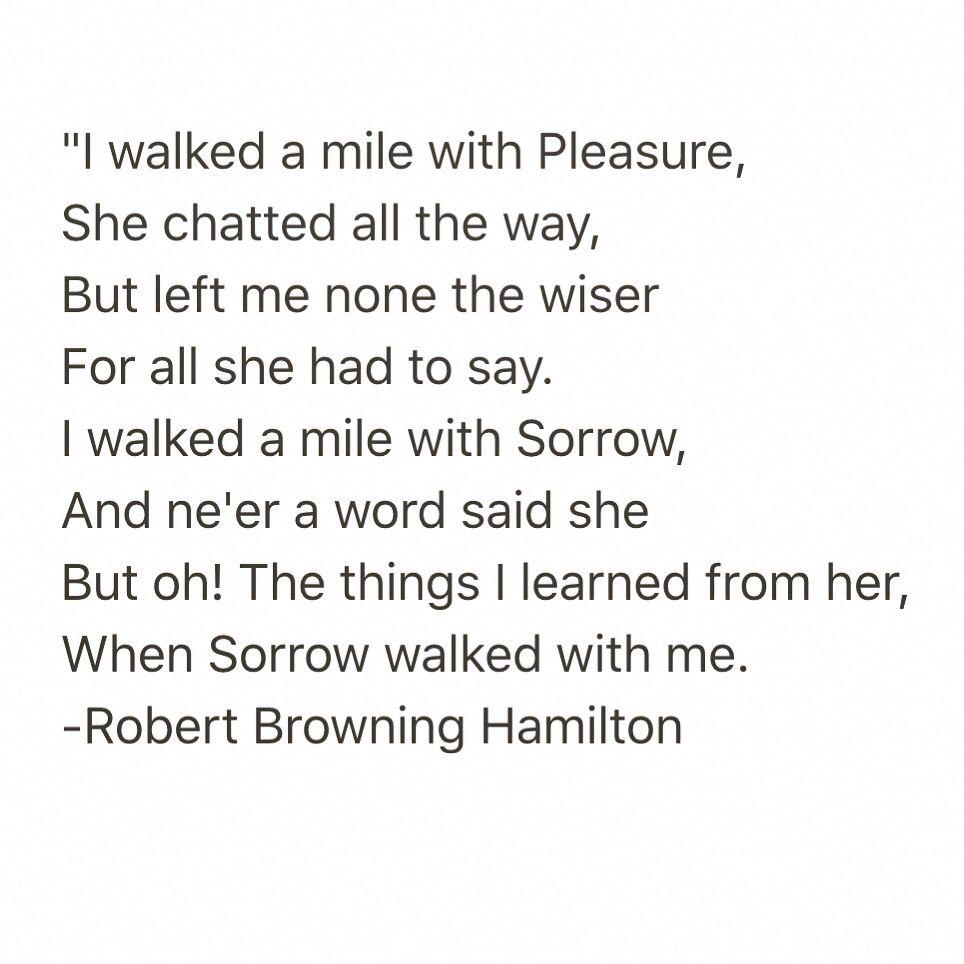 To conclude the Summit, Robin Roberts, award-winning ABC broadcaster, keynoted in a standing-room-only plenary session that was buzzing with her positive energy and beautiful spirit.
To conclude the Summit, Robin Roberts, award-winning ABC broadcaster, keynoted in a standing-room-only plenary session that was buzzing with her positive energy and beautiful spirit.
Robin delivered an authentic and uplifting message about resilience, full-on life-engagement, and love. You know Robin’s presence through her many decades as a positive force in sports and news media. You may not know that Roberts has faced two devastating medical diagnoses, and miraculously emerged (twice) on this side of the acute healthcare system with grace, through grit, excellent medical care and a whole lot of social network and familial love beneath her wings.
Robin offered some great advice baked into her personal storytelling. A major message was delivered through this poem by Robert Browning Hamilton, which Robin quoted to a woman in our group who asked about resilience in the face of dark and challenging times.
Robin grew up the youngest of four children raised by two loving parents who were graduates of Howard University where they met and fell in love.
Robin and her three sibs grew up with the “3 D’s:” discipline (her Dad, after all, was in the military), determination, and her mama’s ‘D’ — “Da Lord.”
What may have resonated most with us in the audience was this: that “Mama said, ‘Make your mess your message.’”
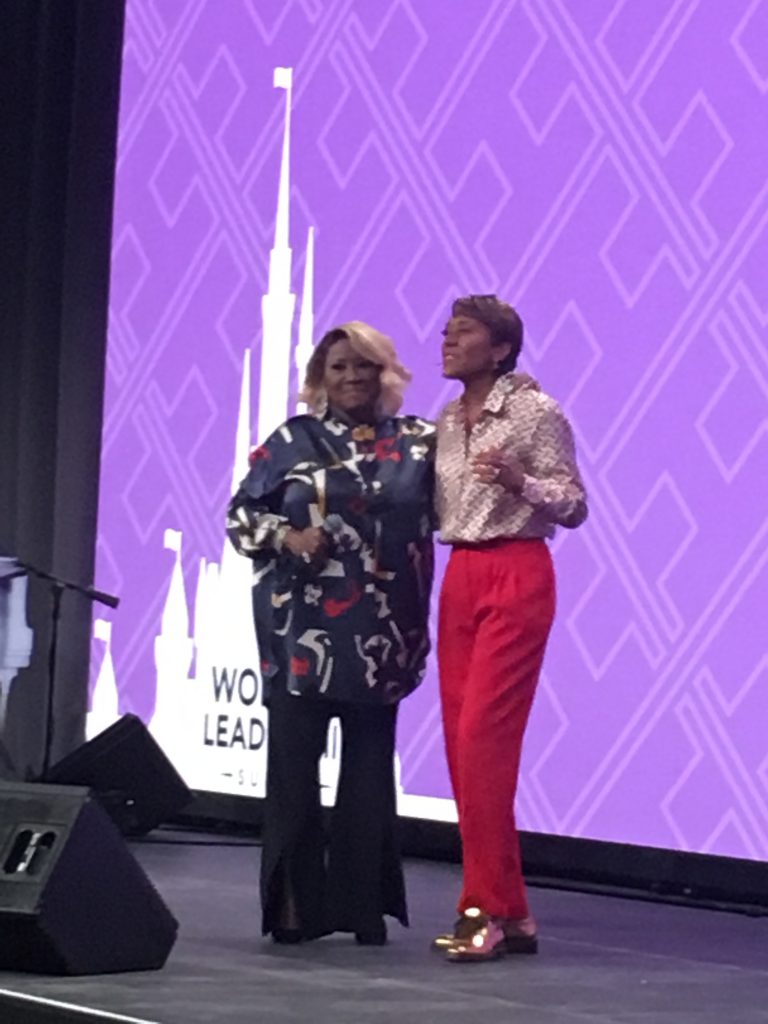 If you’re going through something tough, others are too, Robin assured us. “Share it with others,” she advised, telling us that she and Diane Sawyer, her colleague at ABC News, used to call themselves, “Thelma and Louise” — that fictional movie duo who shared adventure and doom with gusto.
If you’re going through something tough, others are too, Robin assured us. “Share it with others,” she advised, telling us that she and Diane Sawyer, her colleague at ABC News, used to call themselves, “Thelma and Louise” — that fictional movie duo who shared adventure and doom with gusto.
One of those “adventures” Robin had to share was her patient journey with MDS, myelodysplastic syndrome, which turned out to be a toxic side-effect of the chemotherapy that saved her life after her cancer diagnosis.
The sharing part came when Robin needed a bone marrow donor. That sharer turned out to be Sally-Ann, Robin’s sister, who emerged a perfect match. When Robin told her that, indeed, Sally Ann had the magic marrow, Robin gave her sister permission to back out of the transaction. Sally-Ann was insistent: “I feel I was born to do this,” Sally-Ann told her baby sister.
Subsequently, Sally-Ann started up the Be the Match donor registry, especially important for people of color and, most importantly, for people of mixed race.
“Don’t compare despair,” Robin finally recommended. “Know that everybody’s got something and everybody has a resource to help them through something…(so) enjoy the freakin’ ride!” she optimistically insisted.
As we were ready to applaud and let Robin get to the plane to her next destination, she waxed lyrically about seeing a blue bird that morning….and then a soaring voice began singing from back stage, “Somewhere Over the Rainbow” — Ms. Patti Labelle, Robin’s BFF!
Patti, proudly letting us know she had celebrated her 75th birthday, sang to the depths of her soul and heights of her range. We in the audience were beyond thrilled and, once again, so inspired.
I left the Summit humming, “If happy little bluebirds fly beyond the rainbow why, oh why, can’t I?” buoyed by rockin’ Robin’s and Patti’s positive loving spirits and shared wisdom.
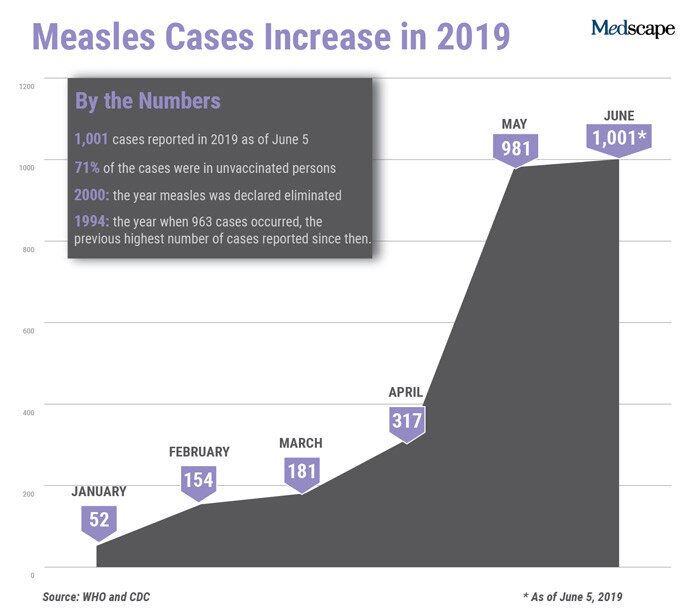 Health Populi’s Hot Points: While attending the Disney Institute Summit in the Happiest Place on Earth, as Disneyworld is called, I’ve not been able to escape my work-life 24×7. The pace of the evolving nature of health and healthcare these days is such that going totally off-the-grid is not possible until I decide to go all-in on making cheese in Italy and leading tours at the Uffizi Gallery in Florence. That day may come, but not quite yet.
Health Populi’s Hot Points: While attending the Disney Institute Summit in the Happiest Place on Earth, as Disneyworld is called, I’ve not been able to escape my work-life 24×7. The pace of the evolving nature of health and healthcare these days is such that going totally off-the-grid is not possible until I decide to go all-in on making cheese in Italy and leading tours at the Uffizi Gallery in Florence. That day may come, but not quite yet.
On the work-front this week, I was faced with the fact that measles cases in the U.S. reached 1,000 based on the CDC’s latest data. This is a tragic and avoidable public health fail in my work-world, and something that’s part of a larger context of trust, information flow, and human tribal culture — ironically, the subject of one of my breakout sessions this week that was highly relevant to my own career space and clients’ challenges. That session, titled “The Relationship Between Information and Trust,” was based on the principle that, in the words of Disney Institute, “When you build relationships based on trust, information flows to you. If you do not have trust, information does not flow at all.” That resonated with everyone in my team exercise, which brought out some very normal human and frail behavior which, after the process, yielded important learning to apply to both professional and personal lives.
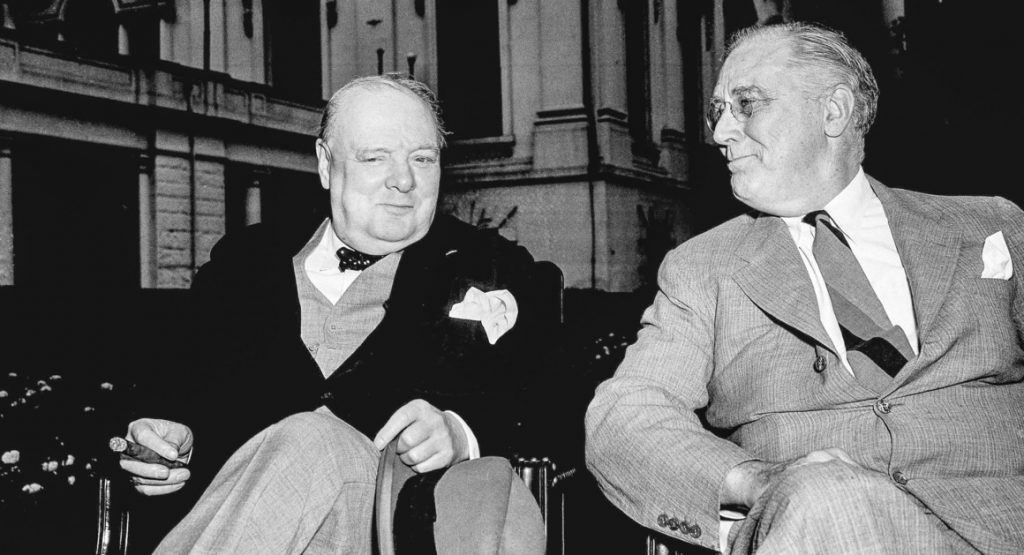 While in Orlando this week, the world kept spinning, and my thoughts turned to Normandy, France. This week marked the 75-year anniversary of D-Day, thinking about our hard-won freedom fought by my Greatest Generation Dad, who believed in all-men-and-women-are-created-equal kind of justice and fairness for America and the world. D-Day was coined FDR and Churchill’s “Mighty Endeavor” conducted on June 6, 1944, to finally put down Hitler’s fascistic Nazi regime.
While in Orlando this week, the world kept spinning, and my thoughts turned to Normandy, France. This week marked the 75-year anniversary of D-Day, thinking about our hard-won freedom fought by my Greatest Generation Dad, who believed in all-men-and-women-are-created-equal kind of justice and fairness for America and the world. D-Day was coined FDR and Churchill’s “Mighty Endeavor” conducted on June 6, 1944, to finally put down Hitler’s fascistic Nazi regime.
 This week, I also recalled the 50-year anniversary of Stonewall: another brave fight fought this side of the Pond on U.S. soil in New York City. The Stonewell rebellion was truly another battle for equity and justice for Everyday People. In my work whether helping to ideate new medical products to address infectious diseases, designing services to meet future demands of patients with emerging or under-served conditions, or developing patient access programs that enable people to get needed care, calling out bias against people is one element of our public health toolkit.
This week, I also recalled the 50-year anniversary of Stonewall: another brave fight fought this side of the Pond on U.S. soil in New York City. The Stonewell rebellion was truly another battle for equity and justice for Everyday People. In my work whether helping to ideate new medical products to address infectious diseases, designing services to meet future demands of patients with emerging or under-served conditions, or developing patient access programs that enable people to get needed care, calling out bias against people is one element of our public health toolkit.
Note this Stonewall protestor banner speaks to “fascism.”
Note, too, that yesterday the New York City Police Commissioner O’Neill issued an apology on behalf of the Police Department for the actions of officers during the Stonewall uprising.
With the D-Day and Stonewall events in my heart and mind, I hearken back to this week’s teachings of Dr. Steve Robbins — tearing up in that Circle of Love and Life, and reminding myself with intentional thinking not to draw lines between Insiders and Outsiders.
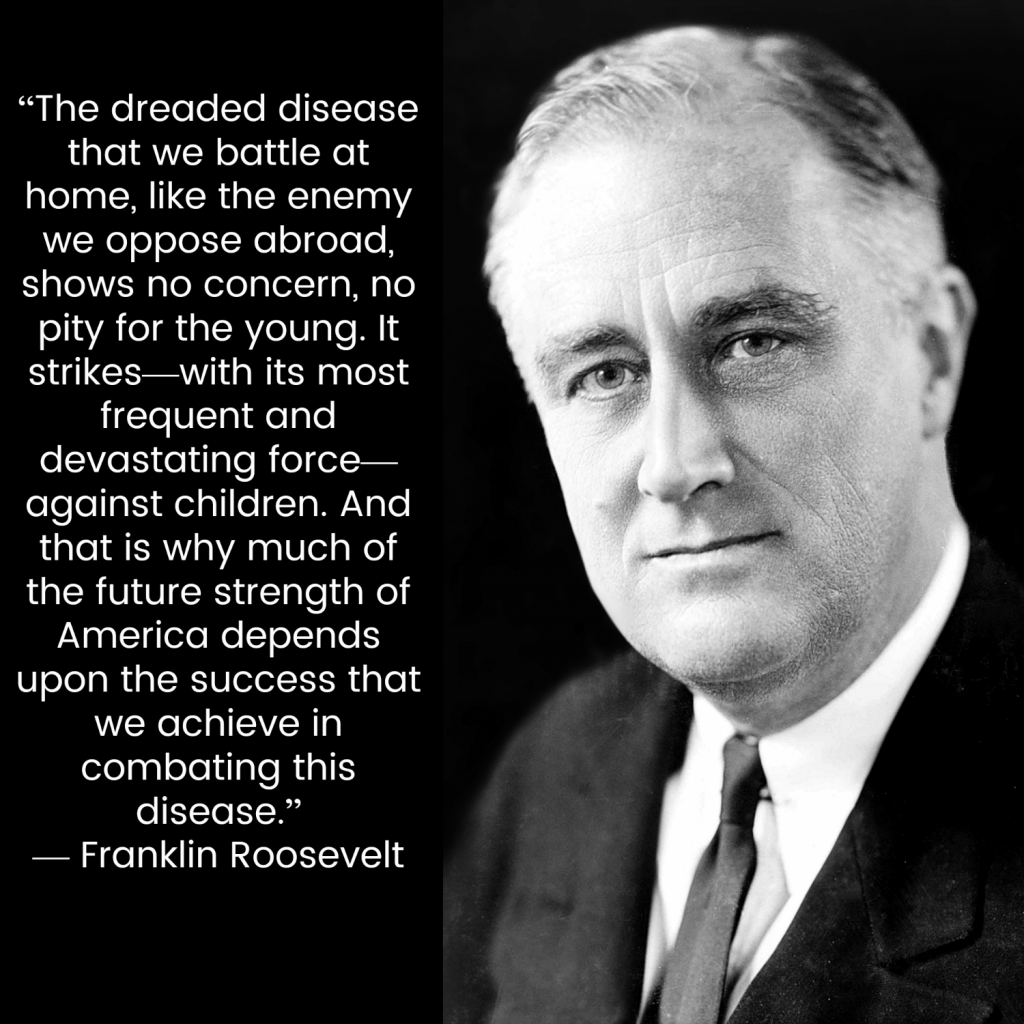 I connect the dots between this wisdom and FDR, who collaborated with Churchill on the D-Day strategy.
I connect the dots between this wisdom and FDR, who collaborated with Churchill on the D-Day strategy.
FDR initially funded the fight against polio through the March of Dimes in 1938. With his vision and leadership, we eradicated polio (through the Salk vaccine) and the Nazis, too.
We must be mindful of the nature of viruses, which come in many forms.
We must speak up on behalf of love for social (and public) health, Steve’s wisdom reinforced.
What a week of insights, laughter, tears, and love. Thank you, Disney Institute, for the inspiration and experience in this Magic Kingdom that inspired fresh thinking and spawned so many new friendships.


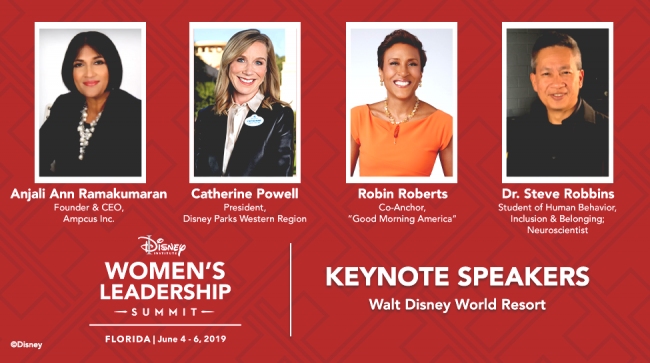


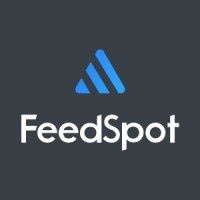 Thanks to Feedspot for naming this blog, Health Populi, as a
Thanks to Feedspot for naming this blog, Health Populi, as a